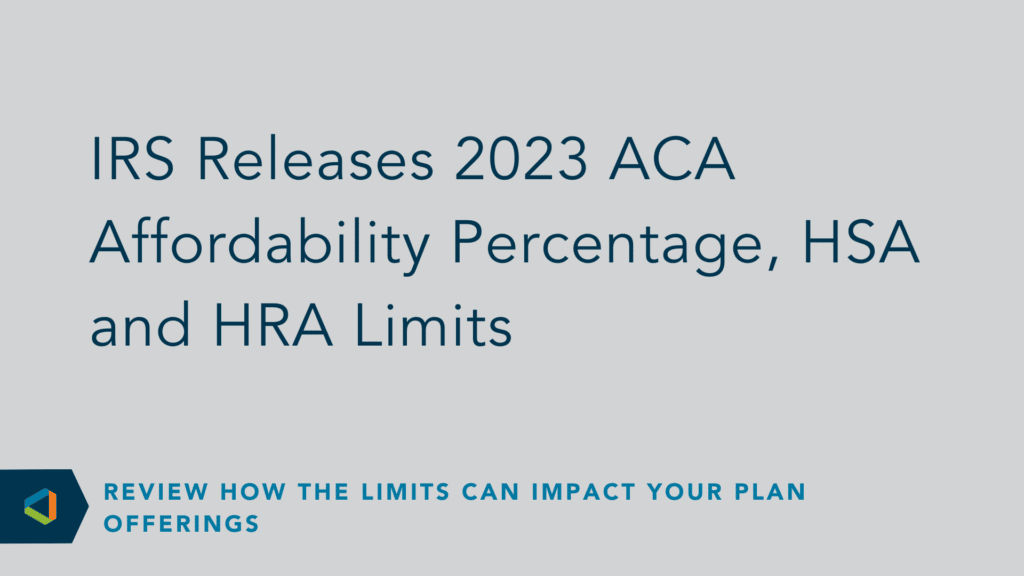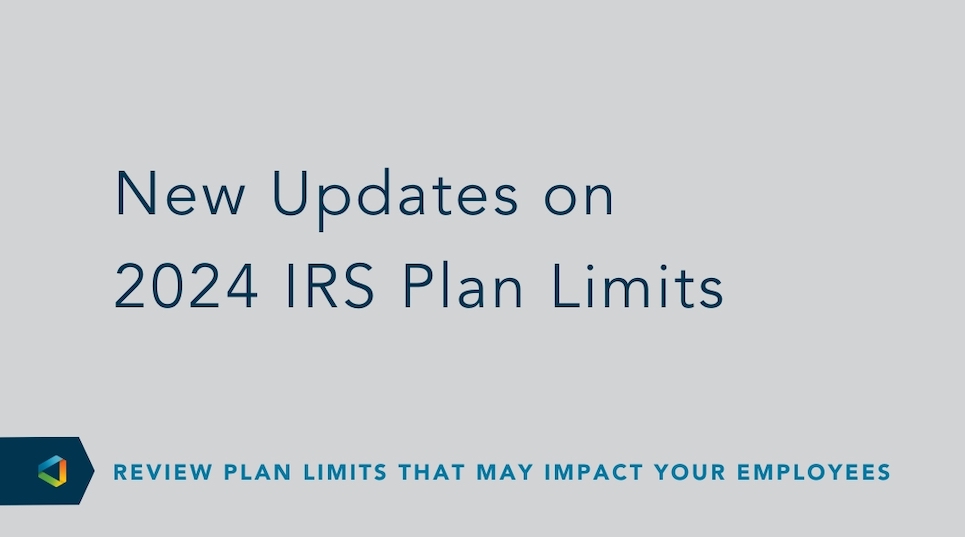Compliance Confidence
How will the Inflation Reduction Act (IRA) of 2022 Impact Employer-Sponsored Group Health Plans in 2025?
How will the Inflation Reduction Act (IRA) of 2022 Impact Employer-Sponsored Group Health Plans in 2025?
The Inflation Reduction Act of 2022 (IRA) was signed into law on August 16, 2022; several provisions of the IRA will impact employer-sponsored group health plans.
During this year’s annual State of the Union, President Joe Biden highlighted the high prices of prescription drugs and efforts made by the federal government to lower costs for people with Medicare and reduce drug spending.
Although the law does not directly impact employer-sponsored plans, several provisions of the IRA will indirectly impact employer-sponsored group health plans in the following ways:
The Affordable Care Act (ACA) subsidies:
The IRA extends through 2025 the expansion of the ACA premium tax credits adopted by the American Rescue Plan (ARPA). Generally, the ACA premium tax credits are available to individuals who purchase insurance on the Exchange and have household incomes between 100% and 400% of the federal poverty line (FPL).
In response to COVID-19, ARPA expanded the ACA premium tax credit for taxable years 2021 and 2022 by temporarily eliminating the upper-income limit and permitting households with income greater than 400% of the FPL to qualify. The IRA extends the temporary exception to the 400% cap through the 2025 tax year.
Employer Takeaway:
Medicare Prescription Drug Pricing Reform:
The IRA made several cost-reduction reforms for enrollees in Medicare Part D prescription coverage.
Beginning in 2023, the monthly cost-sharing for insulin is capped at $35 per month for Part D plans (effective January 1, 2023) and for Part B plans (effective July 1, 2023). There currently is no such cap for private plans. In addition, adult vaccines covered under Part D are covered with no cost sharing.
In 2024, the IRA eliminates the 5% coinsurance requirement for catastrophic coverage in Medicare Part D. Once a Part D enrollee without low-income subsidies has drug spending high enough to qualify for catastrophic coverage, they will no longer be required to 5% of their drug costs, which in effect means that out-of-pocket spending for Part D enrollees will be capped. In 2024, the catastrophic threshold will be set at $8,000.
Starting in 2025, the IRA adds a new $2,000 cap on Part D enrollees’ out-of-pocket spending.
- This amount will be indexed to rise each year after 2025 at the rate of growth in per capita Part D costs.
- This cap does not apply to out-of-pocket spending on Part B drugs.
And for the first time, starting in 2026, the Department of Health and Human Services (HHS) will establish a program to negotiate certain prescription drug prices with manufacturers for individuals covered by Medicare.
The IRA does not include comparable prescription drug cost reductions for private plans. The reduced cost for Medicare enrollees could result in increased costs for employer plans and participants as price increases are often shifted to private plans to make up for lost revenue.
Employer Takeaways:
Additionally, the Centers for Medicare and Medicaid Services (CMS) released Draft CY 2025 Part D Redesign Program Instructions on January 31, 2024. These instructions, which are still in draft form, noted that one of the methods previously used by a majority of plan sponsors to determine the creditable nature of their plans, the creditable coverage simplified determination methodology, would no longer be a “valid method to determine whether an entity’s prescription drug coverage is creditable or not.”
The specific impact on creditable coverage for employer-sponsored group health plans will vary depending on the details of the plan and other factors. OneDigital's team is here to help organizations stay on top of compliance year-round, providing tools and resources for peace of mind.
Looking for additional information on the rules and regulations that could affect your organization? Check out the 2024 HR Guide to Compliance.




